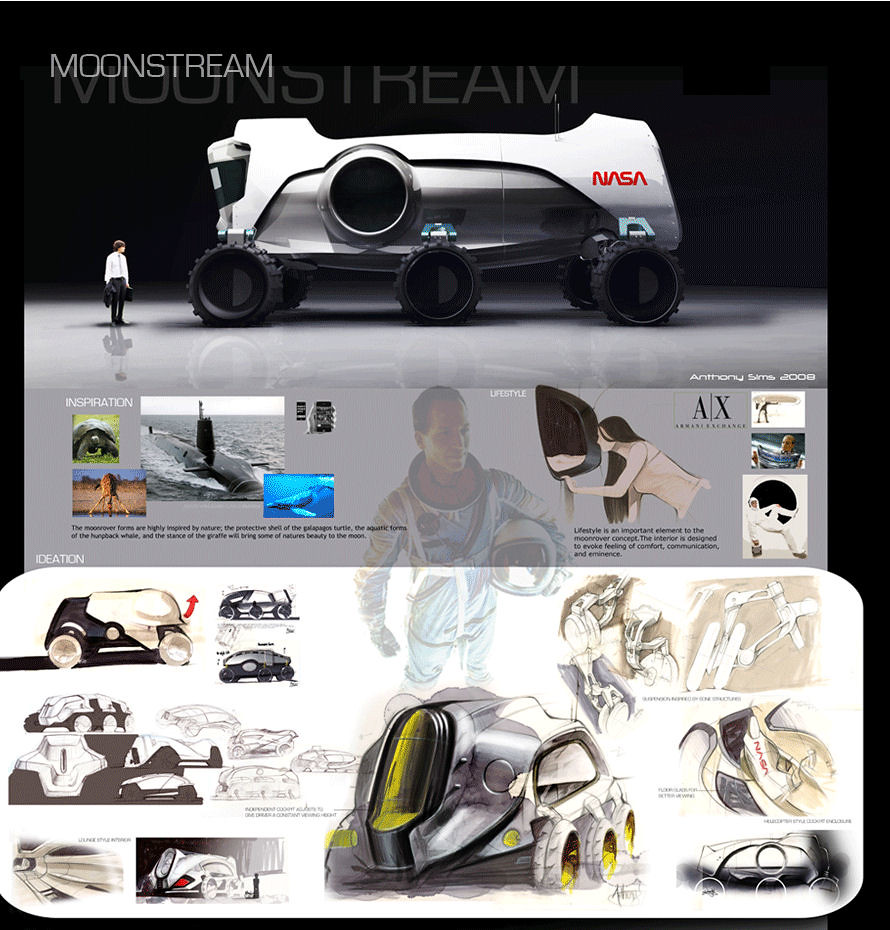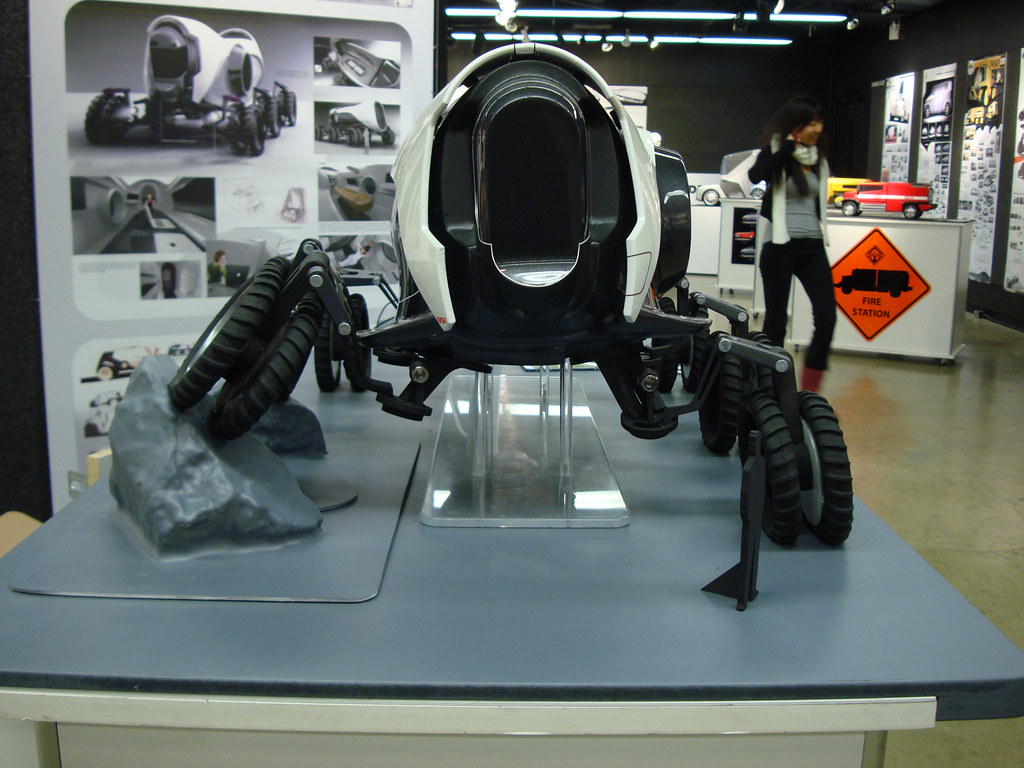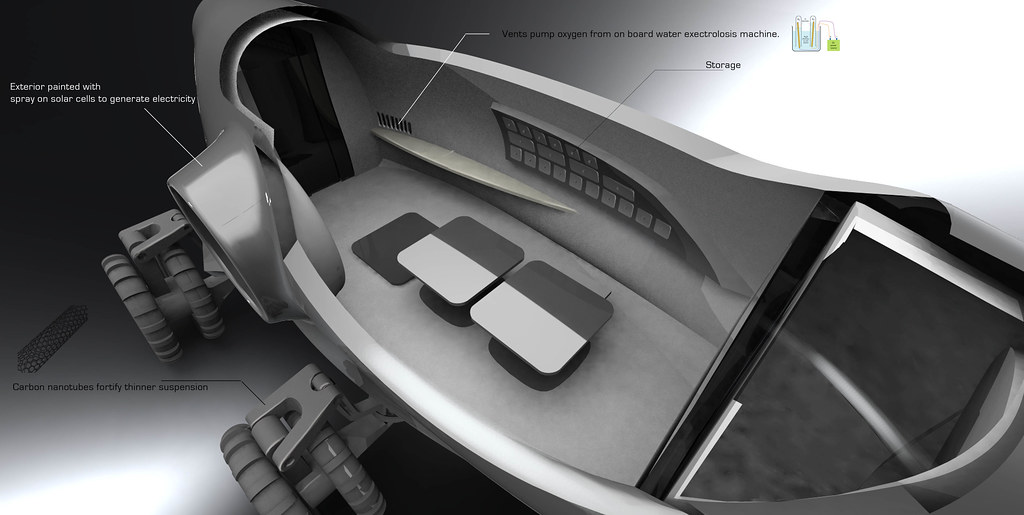Here at Amazo Towers, we like to pride ourselves on being able to bring you something just a little different from the automotive norm. This takes some doing sometimes; in searching for transportation-shaped nuggets, it often takes us to far flung-places, to foreign lands little heard of, hell even to the ends of the Earth.
And occasionally, off it.
People often forget about the fact that NASA has been instrumental in developing a nifty line in vehicles that are not only off-road, but off-world too. The Lunar Roving Vehicle (LRV) was a battery-powered four-wheeled vehicle used on the Moon in the last three missions of their Apollo programme during 1971 and 1972. Scarab is a new generation autonomous lunar rover designed to explore the lunar south pole. The ATHLETE (All-Terrain Hex-Legged Extra-Terrestrial Explorer) is a six-legged robotic lunar rover test-bed under development by the Jet Propulsion Laboratory and is a test bed for new systems. And of course, you've all heard of Curiosity, the car-sized robotic rover exploring Gale Crater on Mars as part of NASA's Mars Science Laboratory mission.
But none of these fine vehicles can fit more than 2 or 3 people, and in most cases, no-one at all. If we ever get to build bases on the Moon or Mars, how are we going to transport cargo or larger groups of people from one place to another? We need bigger vehicles. For this particular reason, NASA has just came up with a large vehicle design they call the Moonstream.
The NASA-sponsored Moonstream concept is a design proposal for a future moon exploration vehicle for the year 2020.
It was created by Anthony Sims, an Art Center (sic) College of Design student, who you might know for his Mazda Tanken concept. This is a vehicle heavily inspired by nature, for example the design of the body taking inspiration from the shell of a tortoise, the wheels have the capability to move slowly like an insect and are completely adjustable for height and track, similar to Curiosity. The difference lies in its size and in the fact that it can be manually driven by a pilot, standing in a separate, elevated pod at the front of the vehicle.
From inside, the vehicle is styled to offer a comfortable living space with provision for the latest communication technologies. Every commodity and functionality allowed by today's technology has been incorporated and combined into a retro look, which seems to have been drawn from 2001: A Space Odyssey. Just make sure that none of it has a HAL moment when you need to hook up your Nintendo. The rest of the capsule has a big enough area for sleeping and working, furnished with all the amenities you would expect in what sounds essentially like an lunar motorhome. Check out the size of the Moonstream in comparison to its passengers; this beast would be big.
If the return to the Moon and exploration of Mars goes ahead in the next few years, then Moonstream may well become a reality. At this point, however, it is still a design exercise, but we can dream.
In this instance, the sky isn't the limit.








No comments:
Post a Comment